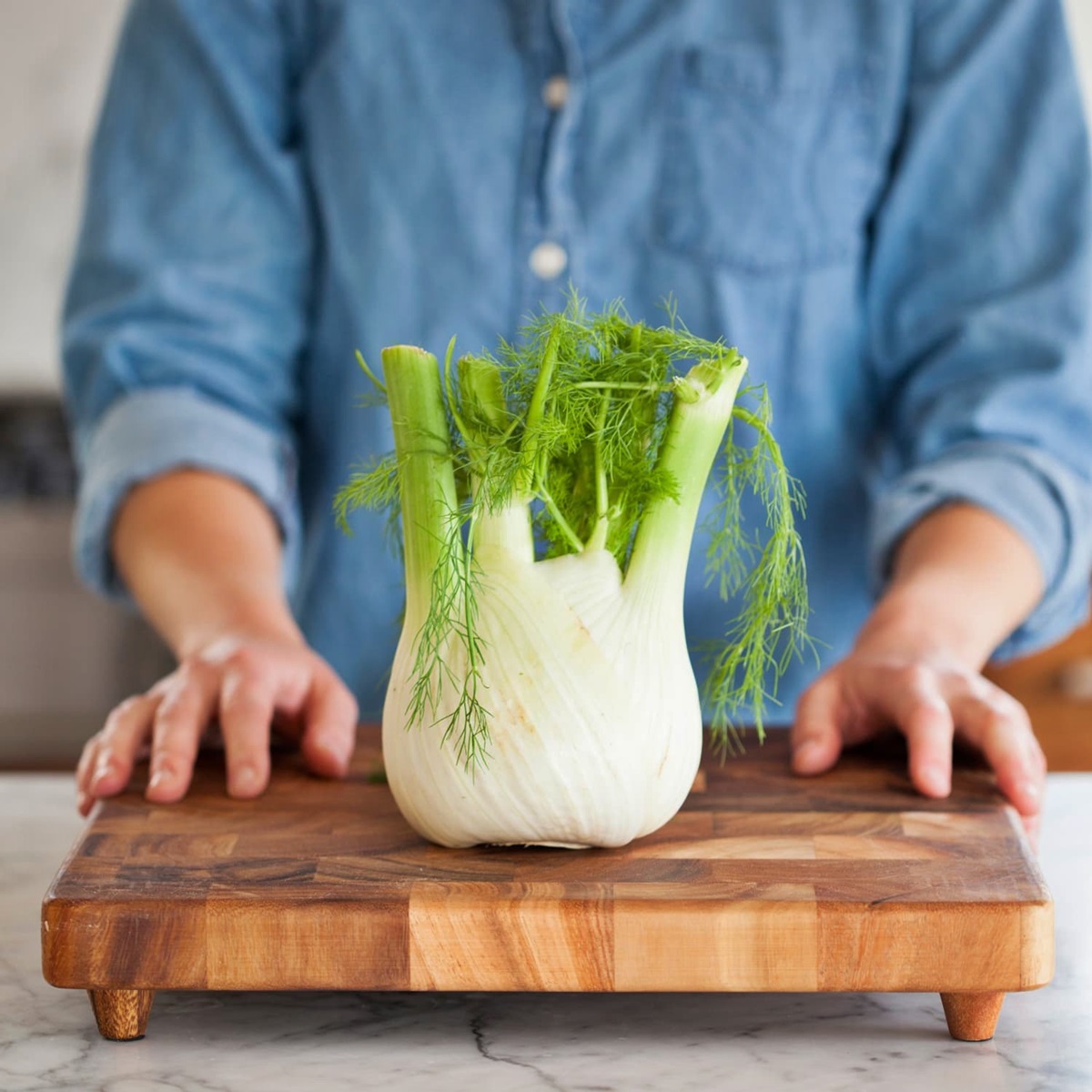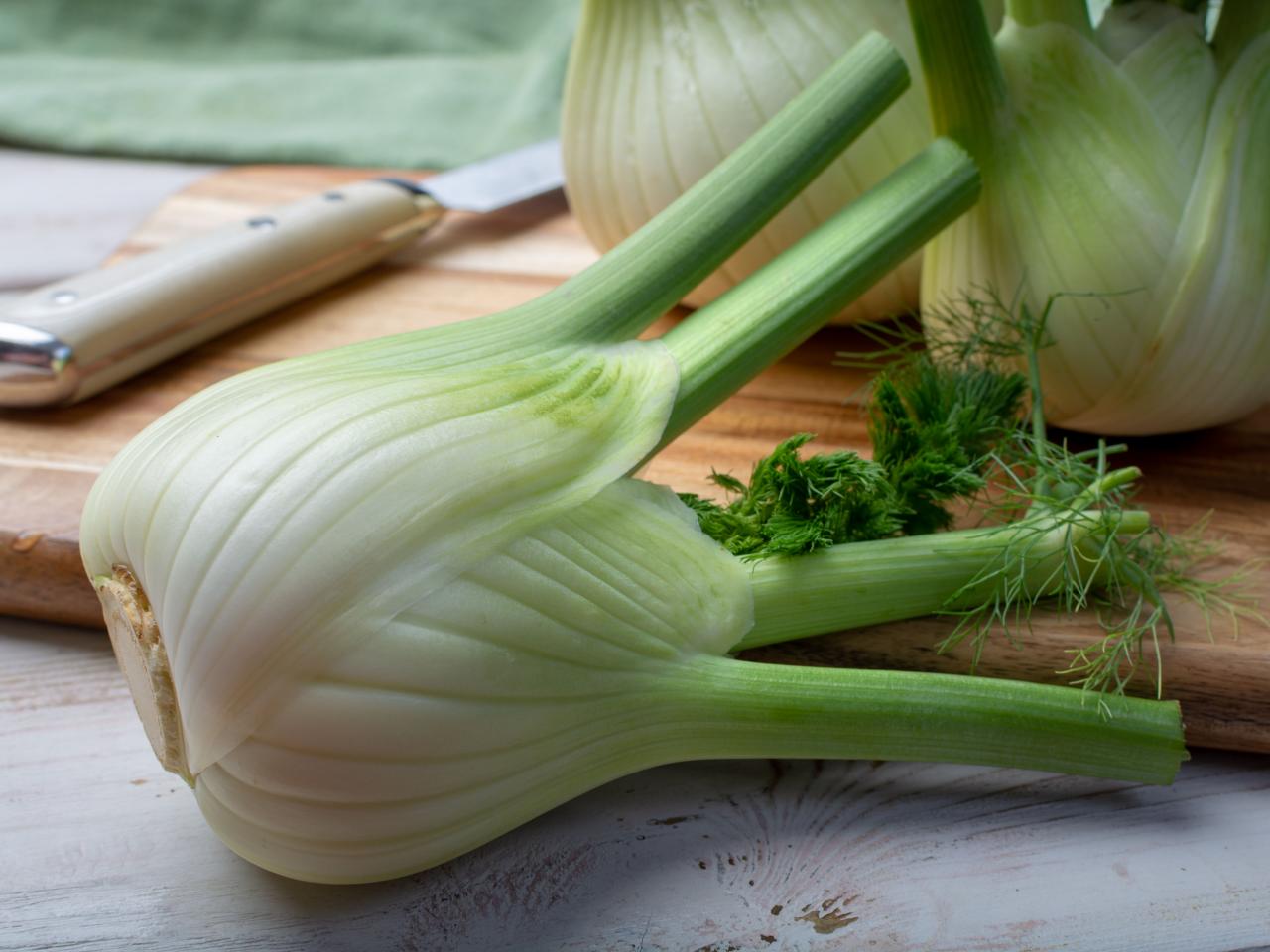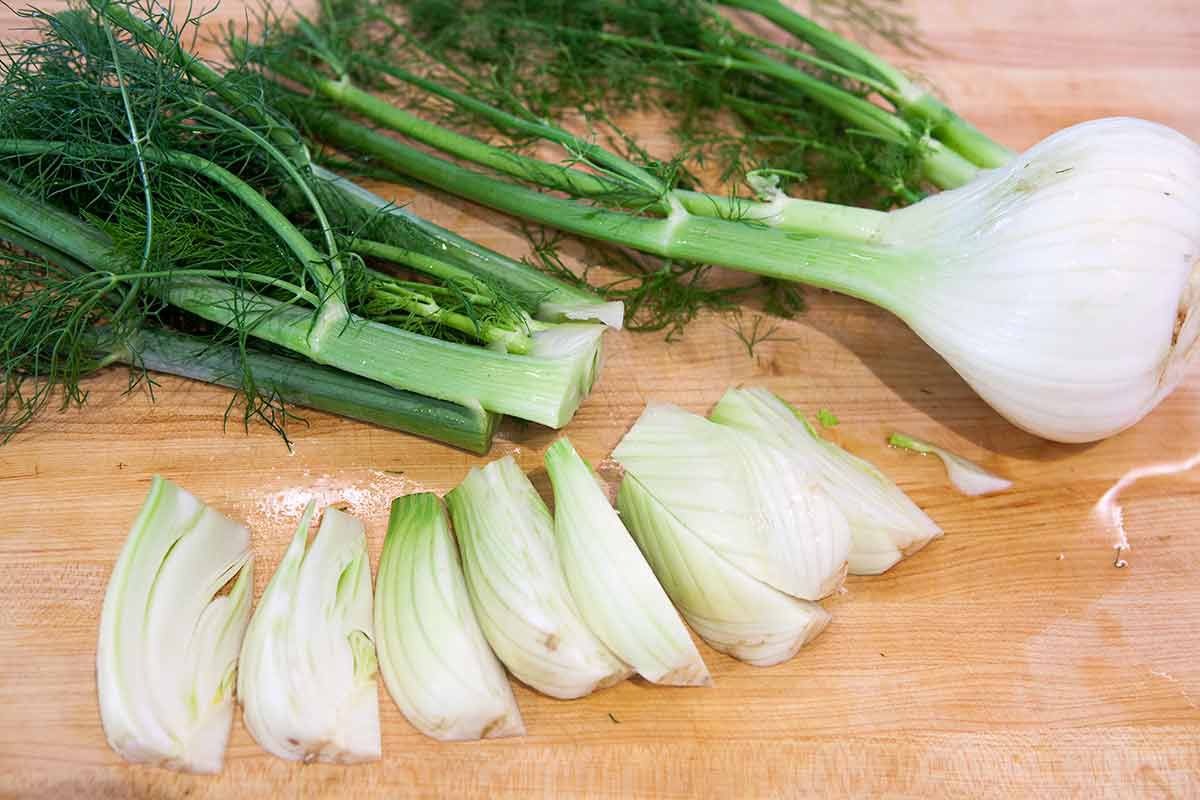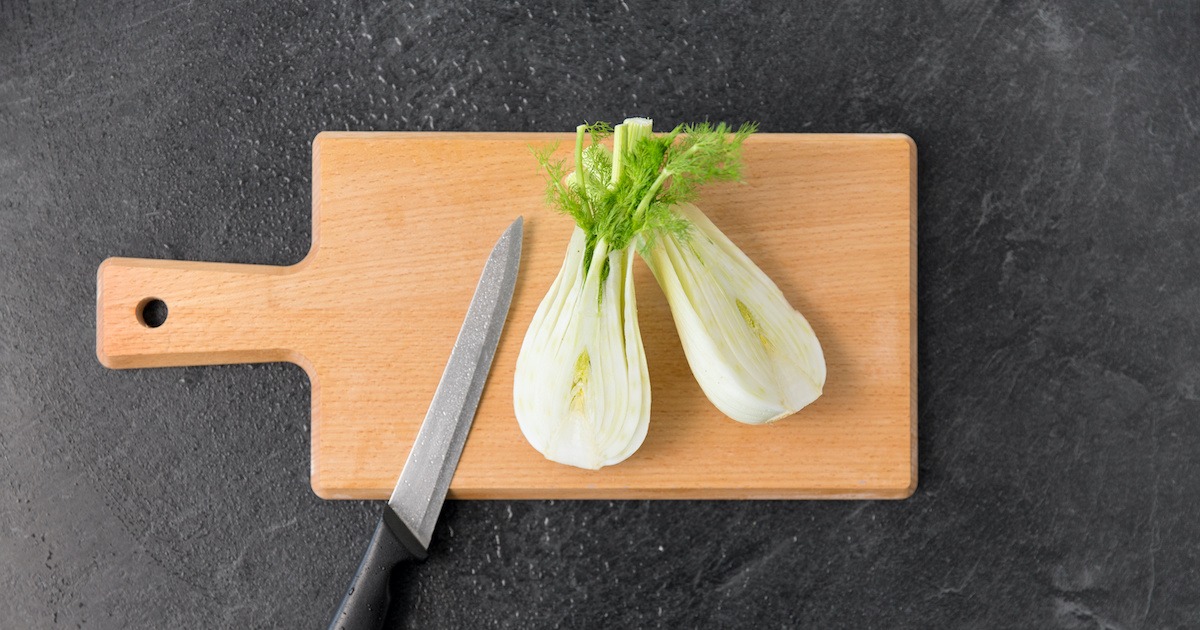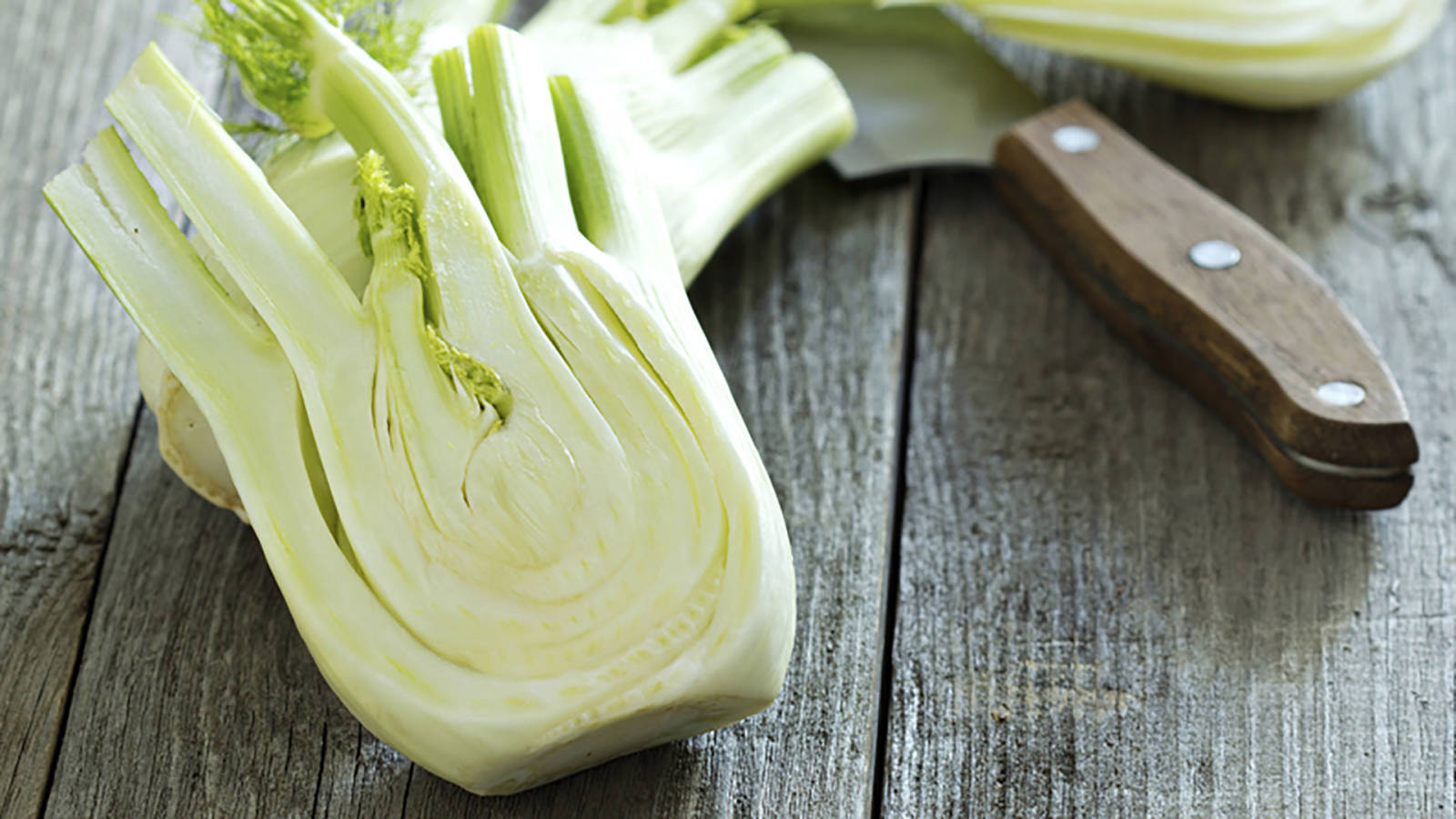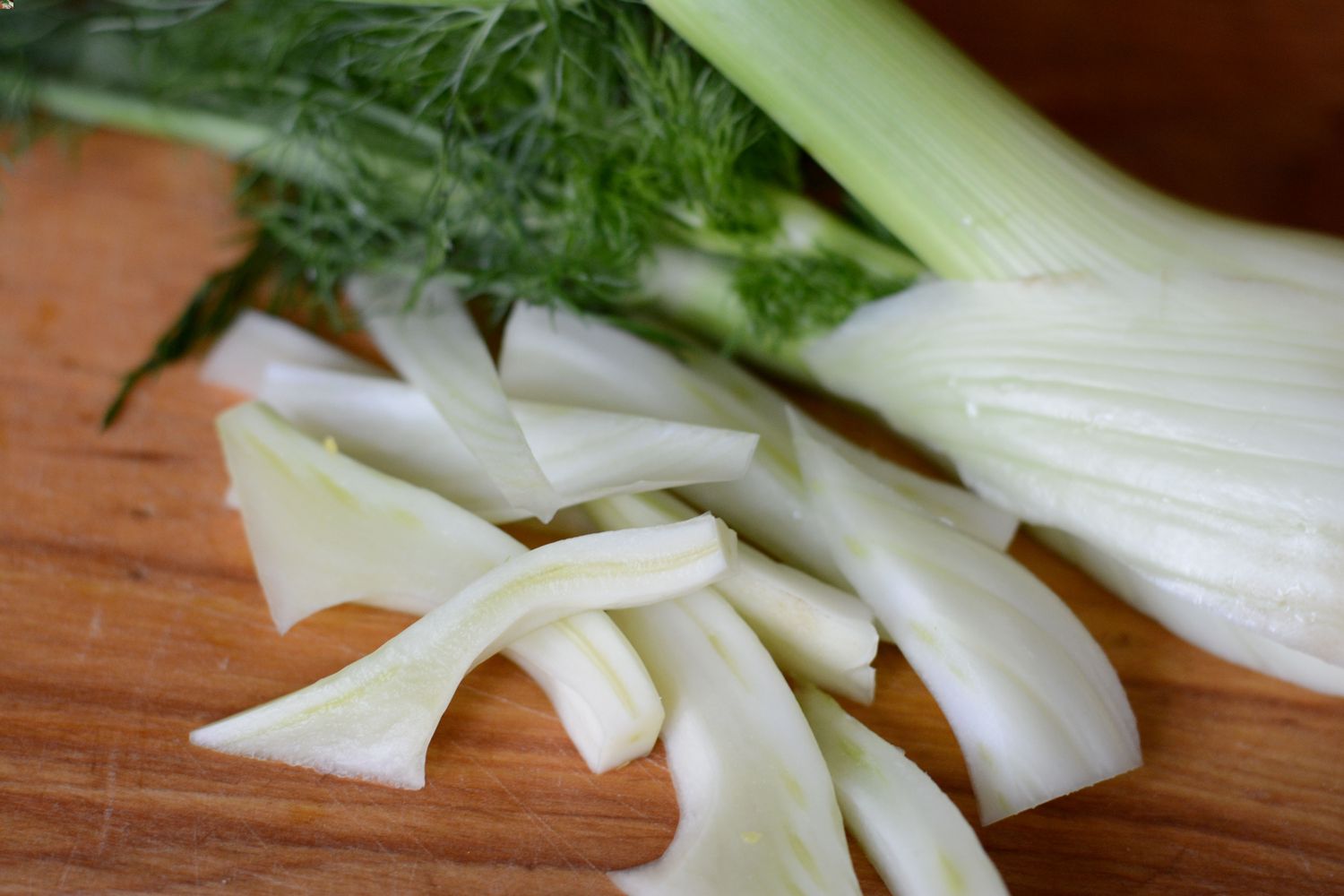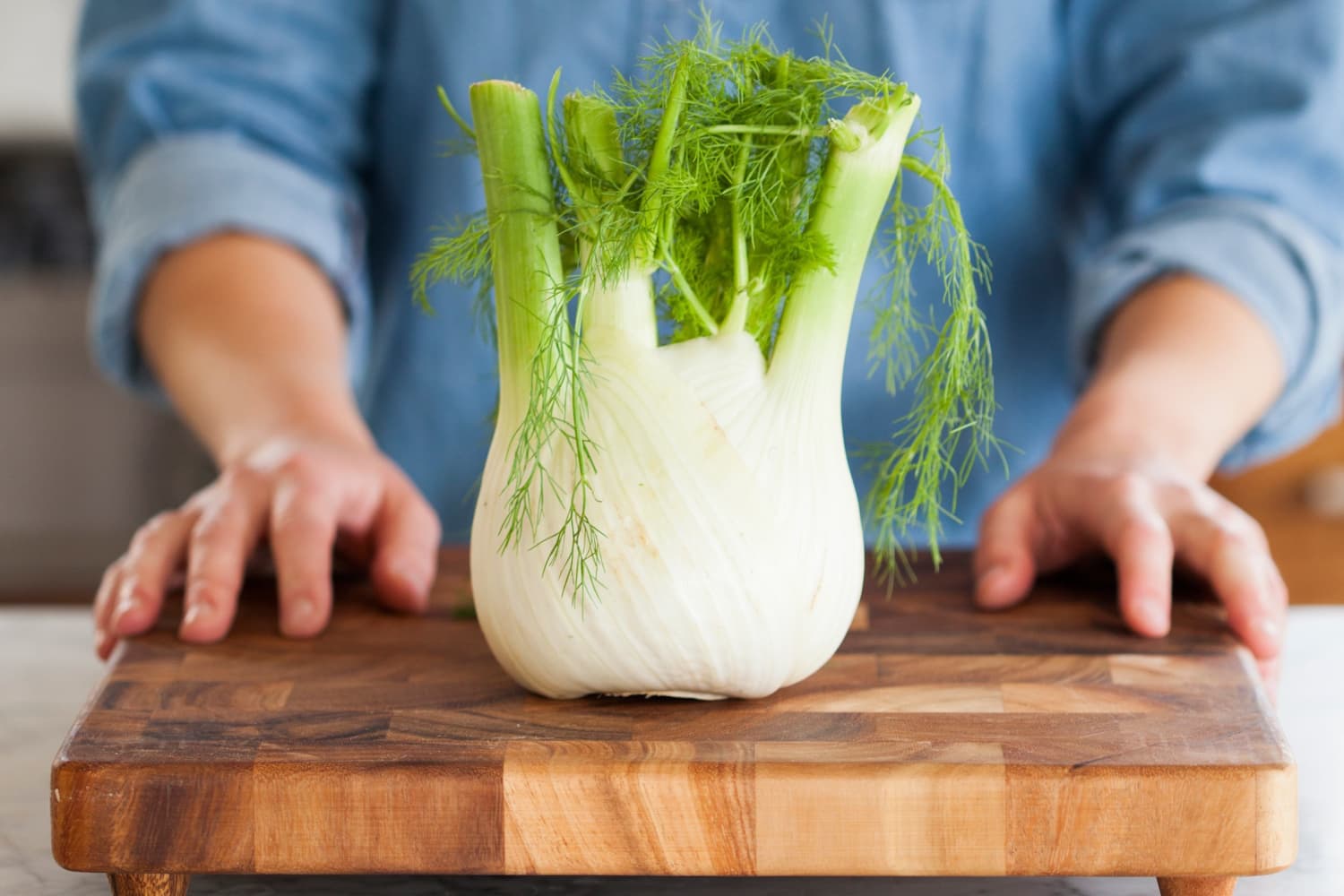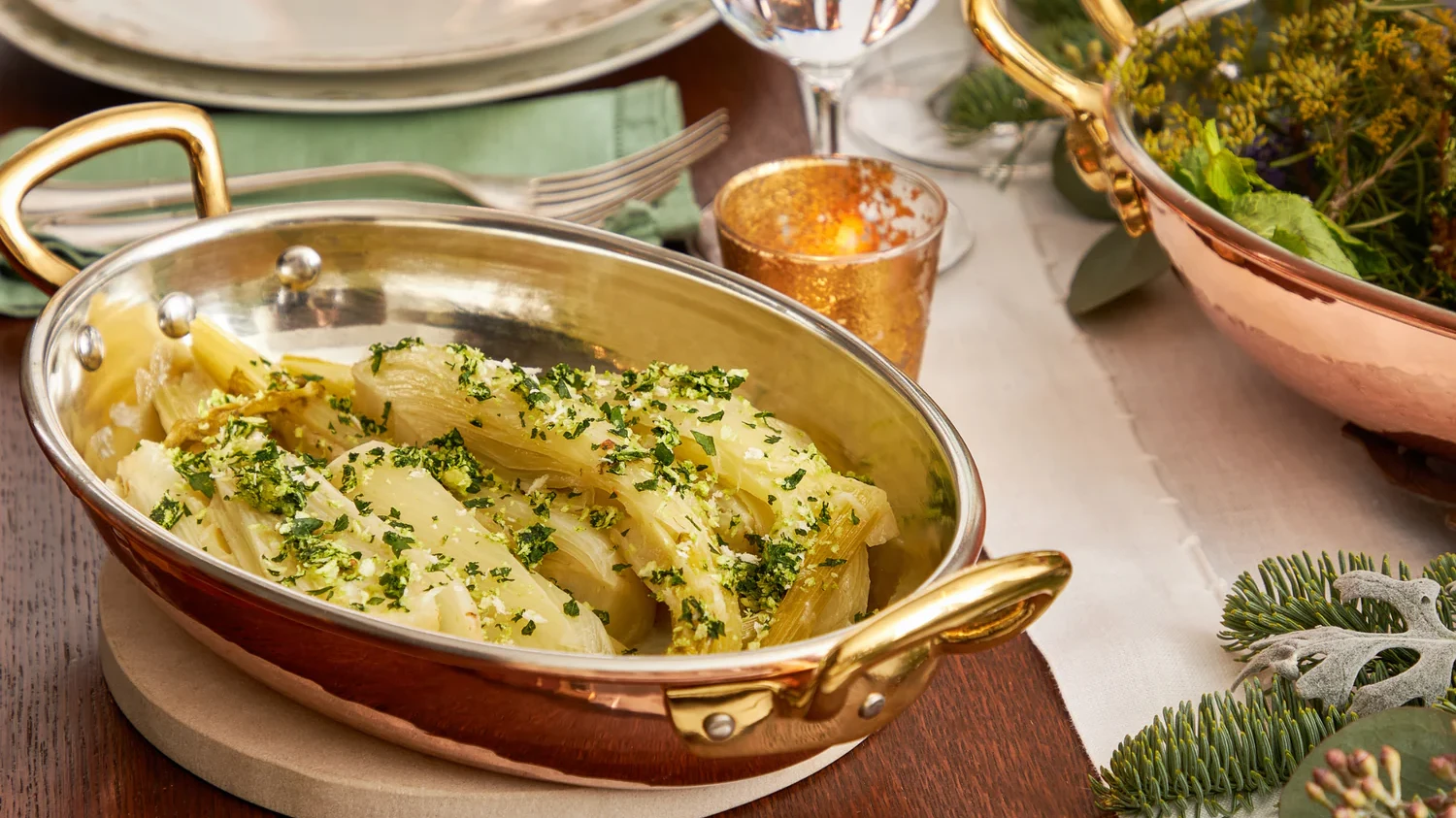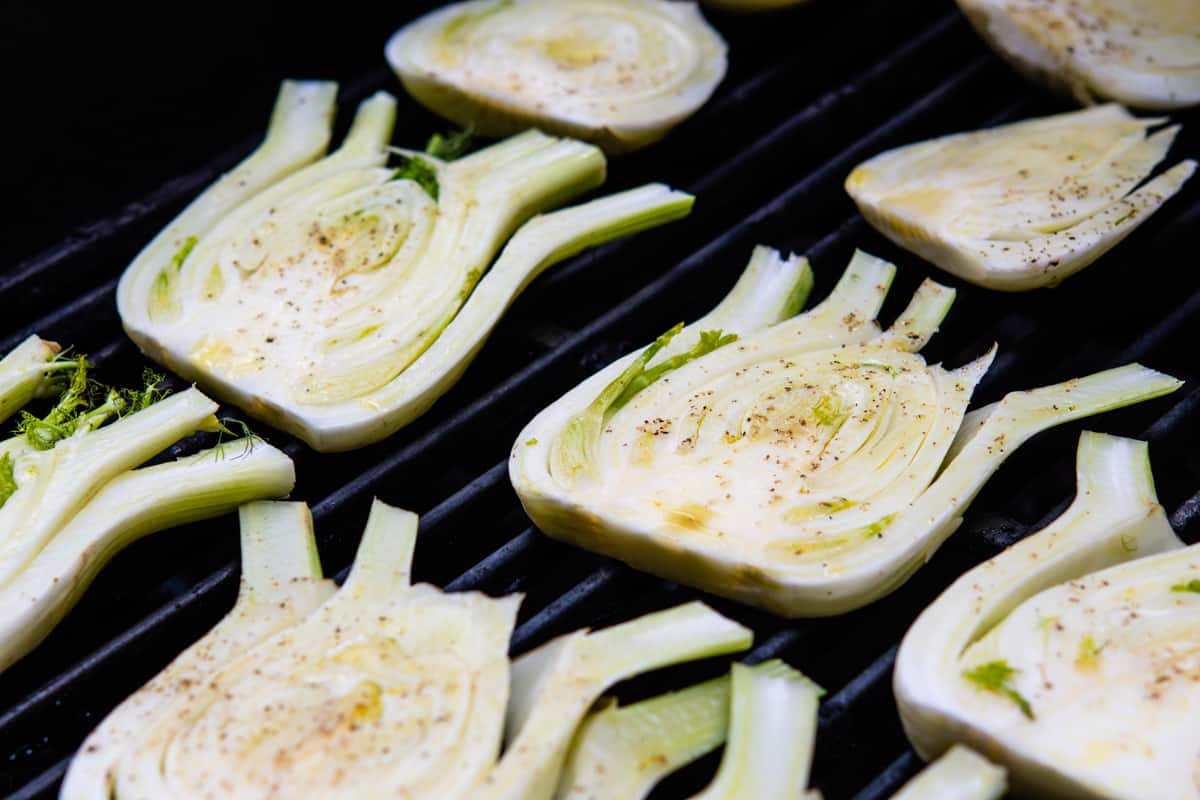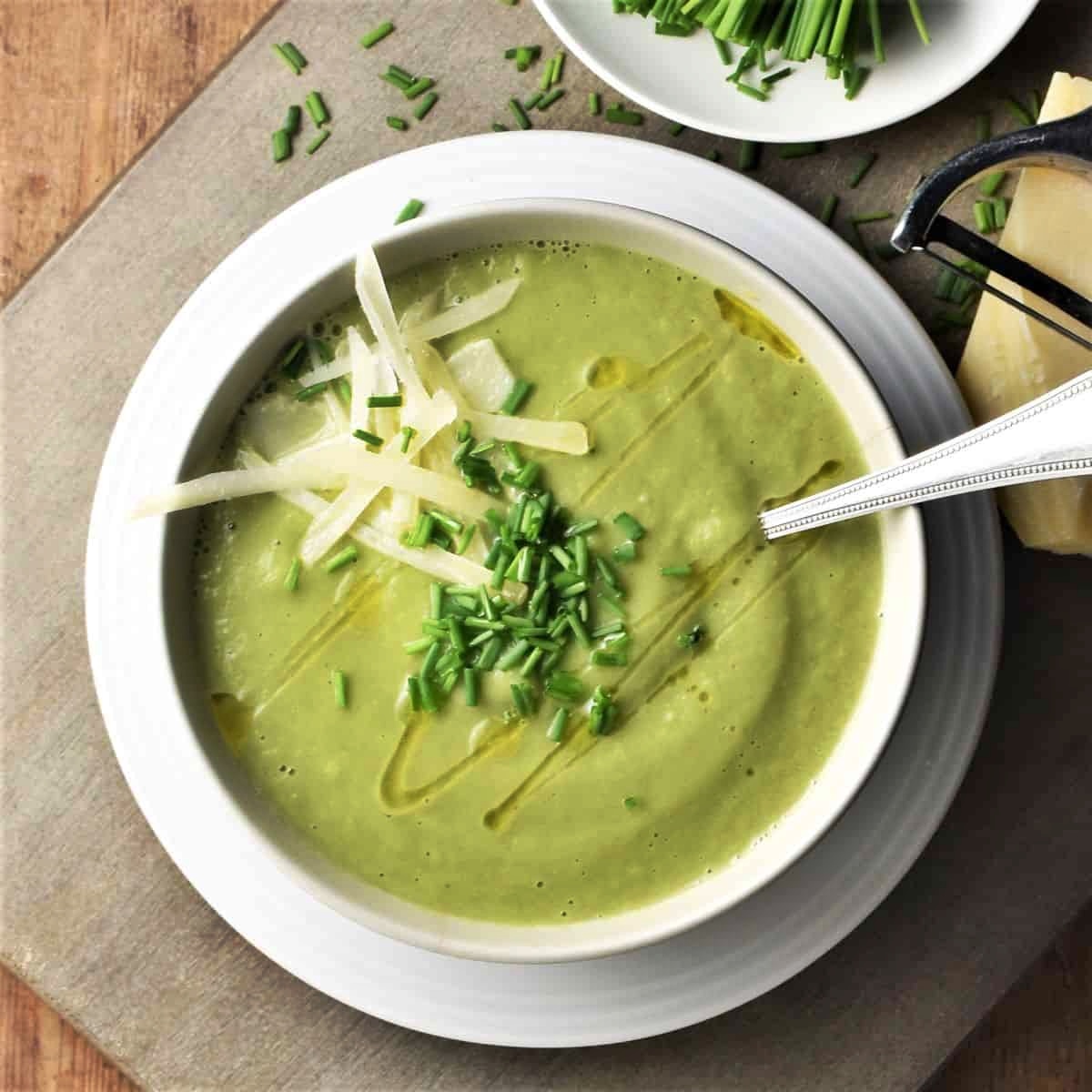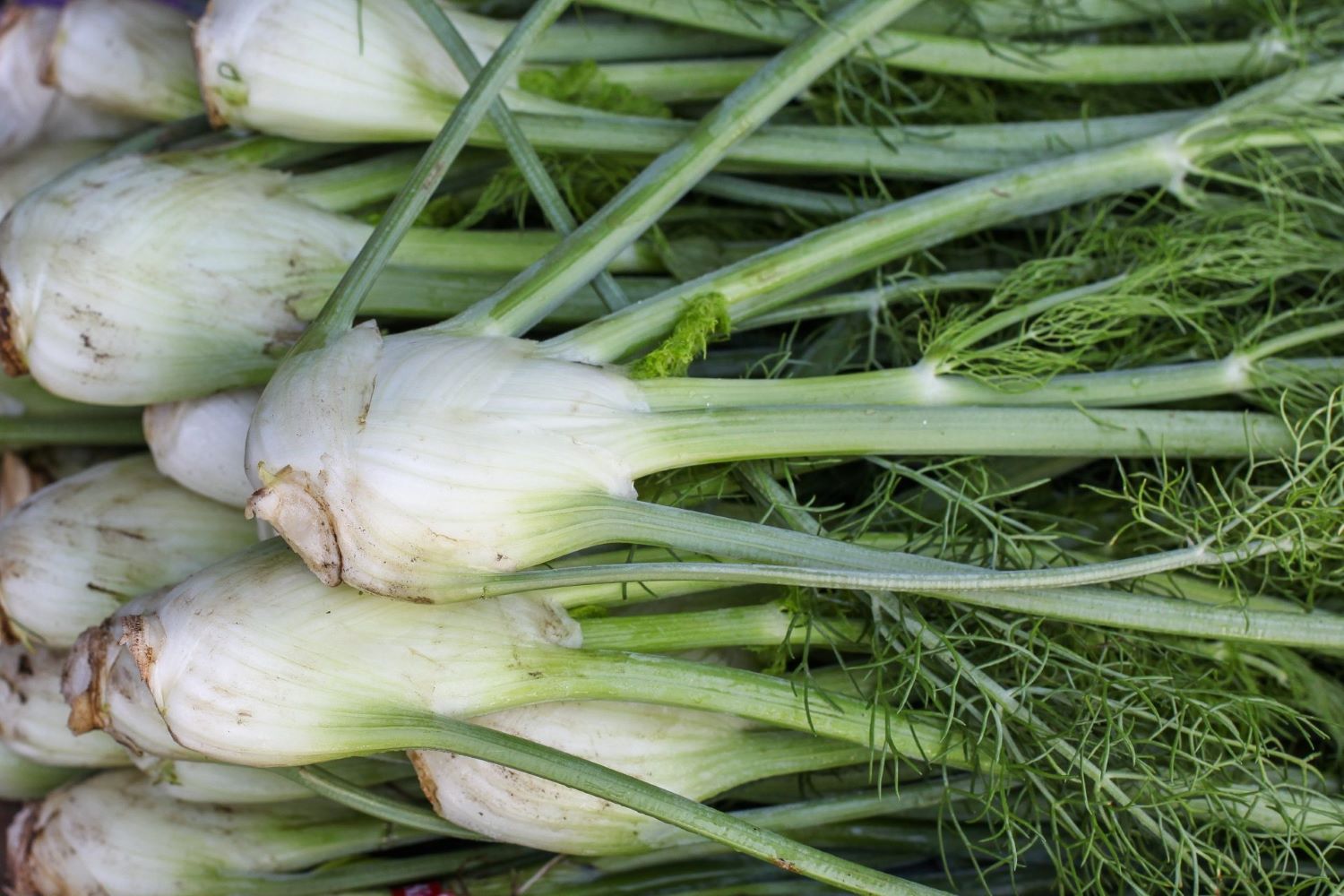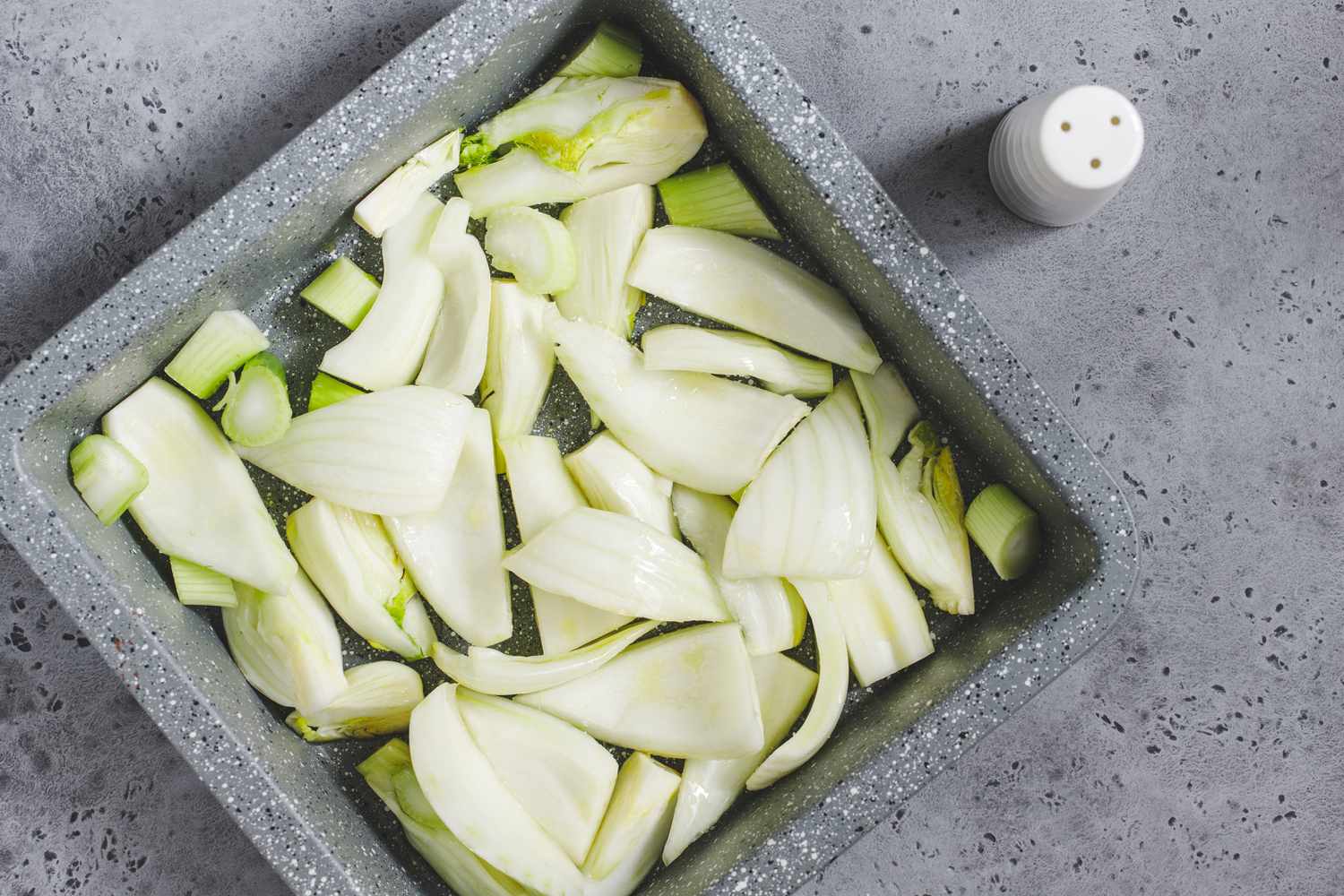When it comes to adding a unique and flavorful twist to your dishes, fennel bulb is a fantastic ingredient to work with. Its subtle licorice flavor and crunchy texture can elevate the taste of a wide variety of recipes. One of the best ways to incorporate fennel bulb into your cooking is by dicing it. Dicing fennel bulb is a simple yet effective way to prepare it for use in salads, soups, stir-fries, and more. In this guide, we'll walk you through the steps to dice fennel bulb like a pro.
Understanding Fennel Bulb
Before we dive into the dicing process, it's helpful to understand the anatomy of a fennel bulb. The bulb is the rounded base of the fennel plant, and it consists of several layers of tightly packed, pale green to white leaves. The bulb is attached to stalks and fronds, which are also edible and can be used as a garnish or herb in cooking. When selecting a fennel bulb, look for one that feels heavy for its size, with no signs of wilting or discoloration.
Tools You'll Need
To dice fennel bulb effectively, you'll need a few basic kitchen tools:
- Chef's knife: A sharp chef's knife is essential for cutting through the dense layers of the fennel bulb.
- Cutting board: Choose a sturdy cutting board with a non-slip surface to provide stability while dicing the fennel bulb.
- Vegetable peeler (optional): If the outer layer of the fennel bulb seems tough, you can use a vegetable peeler to remove it before dicing.
Step-by-Step Guide to Dicing Fennel Bulb
Now, let's get into the nitty-gritty of dicing fennel bulb. Follow these simple steps to prepare this versatile ingredient for your next culinary creation:
- Trim the stalks: Start by trimming off the stalks and fronds from the fennel bulb. Set the fronds aside if you plan to use them for garnish or flavoring.
- Remove the outer layer (optional): If the outer layer of the fennel bulb looks tough or discolored, you can use a vegetable peeler to remove it. Otherwise, proceed to the next step.
- Cut the bulb in half: Place the fennel bulb on the cutting board and use a chef's knife to cut it in half lengthwise, from the top to the base.
- Remove the core: Check the cut side of each fennel half and look for the tough core. Use the tip of the knife to cut a V-shaped notch and remove the core from each half.
- Slice and dice: With the flat side of the fennel bulb facing down, make lengthwise cuts to create slices of your desired thickness. Then, rotate the slices and make crosswise cuts to create evenly sized fennel dice.
Tips for Dicing Fennel Bulb
Dicing fennel bulb is a straightforward process, but here are a few tips to ensure that you achieve perfect, uniform dice every time:
- Use a sharp knife: A sharp chef's knife will make it easier to cut through the layers of the fennel bulb without crushing them.
- Maintain a steady grip: Hold the fennel bulb firmly with your non-dominant hand while using the knife with your dominant hand to maintain control and precision.
- Adjust the dice size: Depending on your recipe, you can adjust the size of the fennel dice to suit your preferences. Larger dice work well in hearty dishes, while smaller dice are ideal for delicate salads and garnishes.
Incorporating Diced Fennel Bulb into Your Dishes
Once you've mastered the art of dicing fennel bulb, you can explore a wide range of culinary possibilities. Here are a few ideas for using diced fennel bulb in your cooking:
- Salads: Add diced fennel bulb to fresh green salads for a crunchy, slightly sweet element.
- Soups and stews: Toss diced fennel bulb into hearty soups and stews to infuse them with a subtle anise flavor.
- Stir-fries: Include diced fennel bulb in stir-fry dishes for a unique twist on traditional vegetable combinations.
- Roasted vegetables: Roast diced fennel bulb alongside other vegetables for a caramelized, aromatic side dish.
In Conclusion
Dicing fennel bulb is a simple yet impactful way to enhance the flavors and textures of your culinary creations. With the right tools and techniques, you can effortlessly prepare this versatile ingredient for use in a wide variety of dishes. Whether you're a seasoned home cook or just starting to explore the world of fennel, mastering the art of dicing fennel bulb will open up a world of delicious possibilities in your kitchen.
